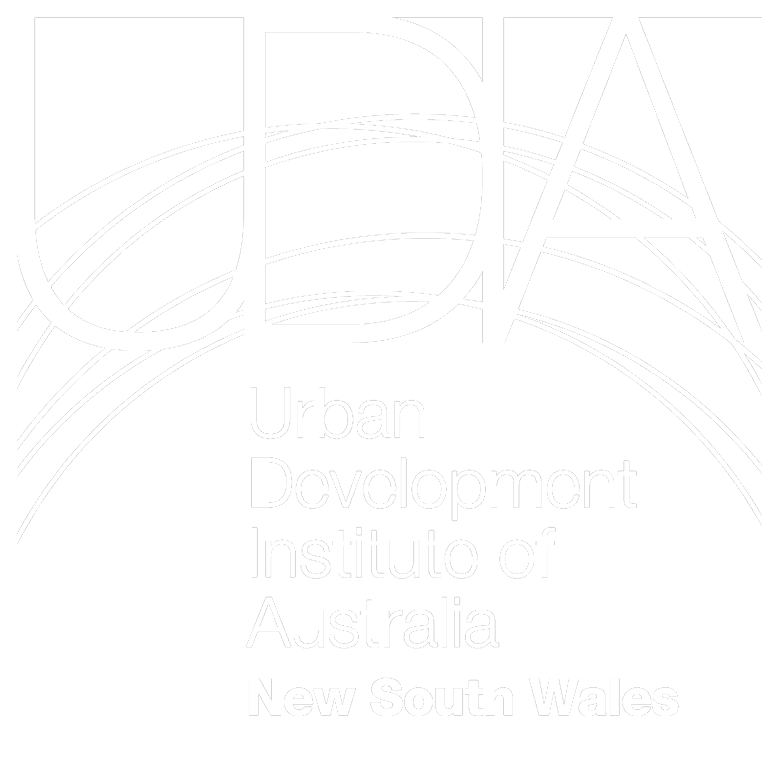The Urban Development Institute of Australia (UDIA) NSW appreciates the opportunity to offer comment on the draft ‘Changes to Central Coast Council Development Servicing Plans’ currently on exhibition.
Our recommendations
- A lineal meter rate is provided within Appendix H of the Northern Region DSP and Appendix I of the Southern Region DSP for the directional drill of a rising main and a rate is provided for the underbore of a rising main, gravity sewer main or water main to allow flexibility during construction and mitigate circumstances where site constraints dictate the construction methodology and prohibit the type of works proposed in the DSP. As rates for directional drilling and underboring rely on length rather than depth, we recommend the rates are considered based on incremental lengths, i.e. 0-20m, 21-50m, 50-100m and 100m plus. We believe that, moving forward, there will be an increasing need for different construction methodology to be utilised in order to address site constraints (e.g. ecology), which previously may not have been an impediment to development. The inclusion of these additional construction methods and adopted rates, would provide certainty (to both Council and the development industry) that the value of works included in the DSP are reflective of the costs to construct..
- Often, Sewer Pump Stations (SPS) are designed to service the ultimate catchment and accordingly, operate inefficiently in the early stages, this in-turn leads to a requirement for odour dosing to be done until sufficient flows are passed into the SPS. This is common for the majority of SPS’s delivered in the LGA and associated costs can be factored into the DSP and/or Council’s ongoing operating and maintenance budgets. The current position of Council, in which it makes the lead developer pay these costs, is inequitable and differs to the position adopted by other Water Authorities e.g. Hunter Water Corporation. Accordingly, we recommend that the sewerage capital works summary, and hence the DSP contributions, make allowance for odour prevention at proposed SPS’s and suggest an average odour dosing period of three (3) years be adopted for all SPS’s.
- The timing of proposed infrastructure outlined in Appendix E of the Northern Region DSP and Appendix D of the Southern Region DSP in some cases is different to that expected by the development industry and, in some cases (i.e. WWPS 1 WELOG), the timing associated with the rising main is different to that of the associated SPS (i.e. CH32). We seek clarification as to if the timing within the Appendices will affect DSP credits received by developers if key infrastructure is delivered ahead of schedule.
- Council updates the DSP’s as part of IPART NSW requirements, we suggest further updates are done in conjunction with major milestones, for example, the gazettal of a rezoning. This process would ensure that the servicing strategy in the DSP (which is adopted prior to rezoning) is still able to be delivered, in terms of both location, scope, time and costs, thereby providing a higher degree of certainty to both Council and the development industry. Due to the limited number of rezonings gazetted in the LGA each year, it is unlikely this would be an onerous process and could occur in conjunction with contributions planning.
- Large scale developments (including new release areas) often involve multiple landowners. These owners may have differing objectives in relation to development timing. Negotiation with multiple landowners in relation to construction of key infrastructure can be an extended process, with limited certainty of an agreement. Where landowner disputes are preventing growth, UDIA encourages Central Coast Council to demonstrate leadership through the Infrastructure SEPP to unlock development. This will ensure that Council and the community see a return on the investment made in planning/rezoning the area.
- To assist the development industry in delivering Council’s commitments to areas when they are rezoned/planned, Central Coast Council should implement a Growth Funding Program, similar to that recently implemented by Hunter Water Corporation (HWC) and that which Sydney Water Corporation (SWC) have been using for a number of years. The Growth Funding Program has led to record numbers of connections of the last two (2) financial years in HWC’s servicing catchment and lead to overall growth and confidence in the Hunter region. The Growth Funding Program would be more efficient and provide more flexibility than Council’s current WIKA process, while ensuring that both Council and the developer have certainty in regards to timing of works and payments.
- Central Coast Council have been making funding applications to enable the design and construction of key infrastructure to encourage development on the Central Coast. UDIA NSW encourages Central Coast Council to further continue this work on behalf of the industry.
UDIA NSW actively represents the industry’s interests so that urban development can be undertaken positively in NSW. We advocate for access to land for development, encourage the creation of a positive regulatory environment and an equitable system of taxation and charges on consumers, all with the aim of creating amazing urban environments. We believe in supporting our members and the government collaborating to create affordable, sustainable, and liveable communities ...
